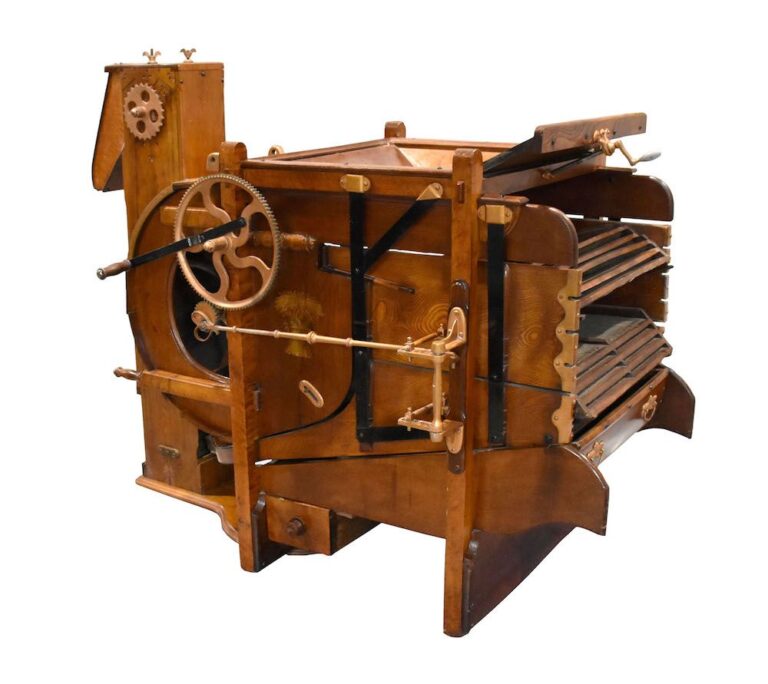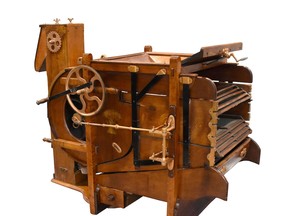

Article content
When people talk about innovation it’s typically in reference to things like self-driving electric cars, robots that can deliver food and drones that can deliver packages.
Advertisement 2
Article content
But innovation isn’t and never has been limited to Silicon Valley and futuristic sci-fi-inspired prototypes. Innovation is often born of necessity, and in Bruce County innovation has gone part in parcel with rural life where necessity and independence often intersect.
“Innovation is in people’s nature. It’s in our inherent nature to innovate and make things better. We’re always looking for ways to do things that will save us time, save us money in some cases, or because something just doesn’t work,” said Bruce County Museum and Cultural Centre Director Cathy McGirr.
On January 14, the museum on Victoria Street North in Southampton opens its Made in Bruce exhibit highlighting Bruce County inventors and innovators who made their mark by developing new products and tools or making improvements on existing designs to set them apart from the competition.
Advertisement 3
Article content
The exhibit will highlight pieces in the museum’s collection developed by local people while sharing the context of the innovative process at the time and sharing the story of the innovator. The exhibit also works to explain the practical side of innovation by helping to explain and display the patenting process, with over 200 local patents researched for the exhibit, McGirr said.
W.A. Gerolamy was an iron founder from Tara who, upon entering the fanning-mill business, set about making improvements to the typical process used for separating the wheat from the chafe at the time. His improved fanning mill became world famous and won prizes at the Chicago World’s Fair in 1893 and the Paris World’s Fair in 1900.
Donald McKenzie patented a hockey stick design with a bend in the shaft where the player would rest their hand to prevent it from turning or slipping.
Advertisement 4
Article content
Krug Bros Ltd. both purchased furniture patents for manufacture and innovated their own products including Christian Krug’s 1902 patented drawer slide design, which according to the inventor, helped “with but little friction, run smoothly in operation, and to simplify construction, lessen mechanical labour, and thereby cheapen manufacture”.
“It’s historical, and that’s what people will see when they come to the exhibition. They’ll see the artifact and read to the story of the individual,” McGirr said.
When the Nuclear Innovation Institute hosted SWERVE in Southampton in 2022, exhibits included virtual reality headsets, 3D printers, robots, and holograms. The Bruce Museum was there as well with a “teaser” of their Made in Bruce exhibit, the first new exhibit planned for 2023.
Advertisement 5
Article content
“Everybody innovates every day. It’s not always about making things better,” McGirr said. “A lot of it is born out of necessity or to simply improve on a design.”
McGirr said the exhibit will show innovation has always been part of rural life as people without access to replacement parts or new supplies had to make do with what was on hand, often leading to an innovative process of design.
“Rural communities have been innovating as part of life, as part of a typical lifestyle,” she said. “They would ask themselves. How do we make things better with the tools that we have, or even how to try and make better tools.”
McGirr said the exhibit will be on display at the museum until April and then transition into an online format. The museum is also planning educational programming around the exhibit, with more details to be shared soon.
Museum members may access the exhibit for free once it opens while general admission charges will apply to all others.
Visit www.brucemuseum.ca for more information.